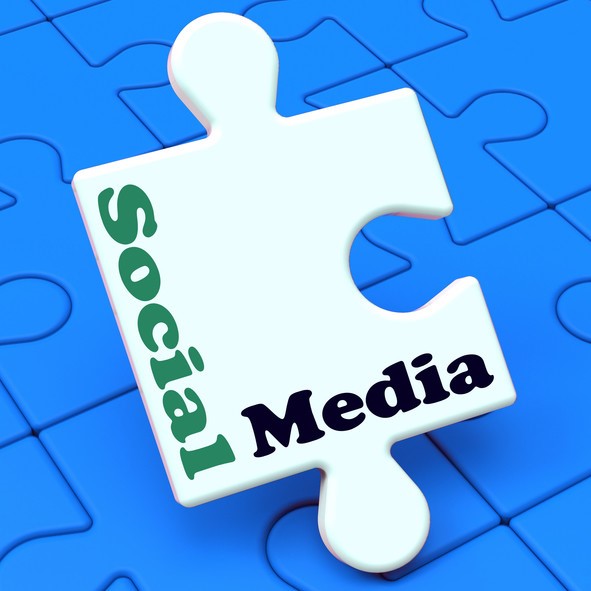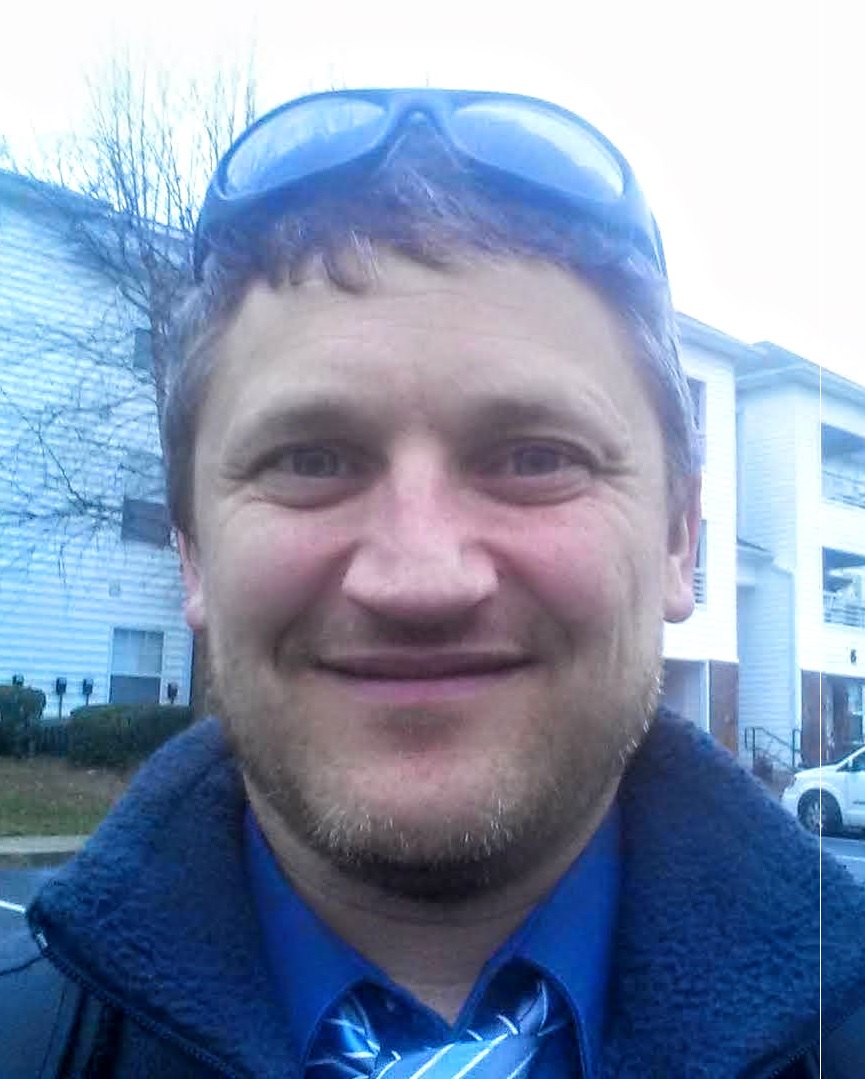Using Social Media and Technology to Encourage Students’ Evidence-Based Discussions
By Cindy Workosky
Posted on 2019-02-25
Teachers often aspire to help their students become more involved in a community of practice. In my classroom, members of the community are my students, as well as students in other classrooms and professional scientists. In this blog post, I will show how using science and engineering practices with technology can give students the tools and confidence they need to engage others in evidence-based discussions as part of a community of practice.

The way scientists talk to one another is through evidence.
From the beginning of the year, I emphasize evidence-based thinking, public sharing of ideas, and the use of technology and social media to broaden our community. With this in mind, we use social media to share observations and inferences about phenomena. Students are able to see everyone’s ideas and respond to one another. To help the class establish a safe place for posting and sharing ideas, I stress that all posts must be positive and professional, every voice matters, and every voice needs to be heard.
Arguing from evidence is also important in science. Students in my classroom use Twitter to share their evidence-based arguments about how or why a phenomenon occurs. I encourage students to be less concerned about discrete science facts and more concerned about having observable evidence to support science ideas.
Having evidence-based discussions using technology enables students to critique others’ efforts and receive feedback from peers and scientists as their understanding evolves. As students tweet their ideas, other students can respond with supporting claims and evidence or make a counterargument with claim and evidence. Twitter’s open format makes students aware their posts are public, so they must review their sharings before posting them. Students are asked to carefully consider what they plan to share before creating their tweets.

Being well informed about science is not the same as understanding science.
I give students time to investigate phenomena and share what they observe with their group, and then with the whole class. Students may be asked to quietly consider their idea and explanations. Students then post their thoughts in the class forum using Google Classroom or Twitter. Other times, I encourage students to discuss phenomena in small groups before sharing ideas in the public forum.
Both options allow students to consider evidence to support claims based on observations from the phenomena. When students argue from evidence, they gain confidence, regardless of their answers were correct.

Long before the science and engineering practices were highlighted in the Framework, I wanted to connect my students with actual scientists. A few months after joining Twitter, I discovered I had access to an unlimited number of scientists. This opened up a whole new world for me and my students.
I deeply appreciate the Framework and its emphasis on engaging students in the science and engineering practices. Technology in the classroom gives students access to the world. Engaging in the practices gives students the chance to act and think like scientists, and technology offers students opportunities to interact with scientists.
Twitter enabled us to speak directly to the scientists making the discoveries that change lives. Twitter also allowed us to experience the very nature of science from the scientists doing the work. These connections led to video chats with these same scientists. We were invited to discuss sharks and black holes with marine biologists and astrophysicists on Twitter and participate in video chats via Skype or Google Hangouts.
Hopefully, these methods will help students begin to see “the intrinsic beauty of science…and….with how the world works.” (Framework)
Click here for a student and scientist video chat playlist.
Here are a few lists of scientists worth checking out on Twitter.
- A list of nearly 2,000 scientists on Twitter—and it is growing all the time!
- Women scientists on Twitter
- Science teachers on Twitter
 Adam Taylor teaches high school at Dickson County High School in Tennessee. Connect with Adam on Twitter @2footgiraffe, on Instagram @taylorsci, and on Tiktok @taylorsci.
Adam Taylor teaches high school at Dickson County High School in Tennessee. Connect with Adam on Twitter @2footgiraffe, on Instagram @taylorsci, and on Tiktok @taylorsci.
Note: This article was featured in the February issue of Next Gen Navigator, a monthly e-newsletter from NSTA delivering information, insights, resources, and professional learning opportunities for science educators by science educators on the Next Generation Science Standards and three-dimensional instruction. Click here to sign up to receive the Navigator every month.
Visit NSTA’s NGSS@NSTA Hub for hundreds of vetted classroom resources, professional learning opportunities, publications, ebooks and more; connect with your teacher colleagues on the NGSS listservs (members can sign up here); and join us for discussions around NGSS at an upcoming conference.
The mission of NSTA is to promote excellence and innovation in science teaching and learning for all.
Future NSTA Conferences
2019 National Conference
Follow NSTA
Disclaimer: The views expressed in this blog post are those of the author(s) and do not necessarily reflect the official position of the National Science Teaching Association (NSTA).


